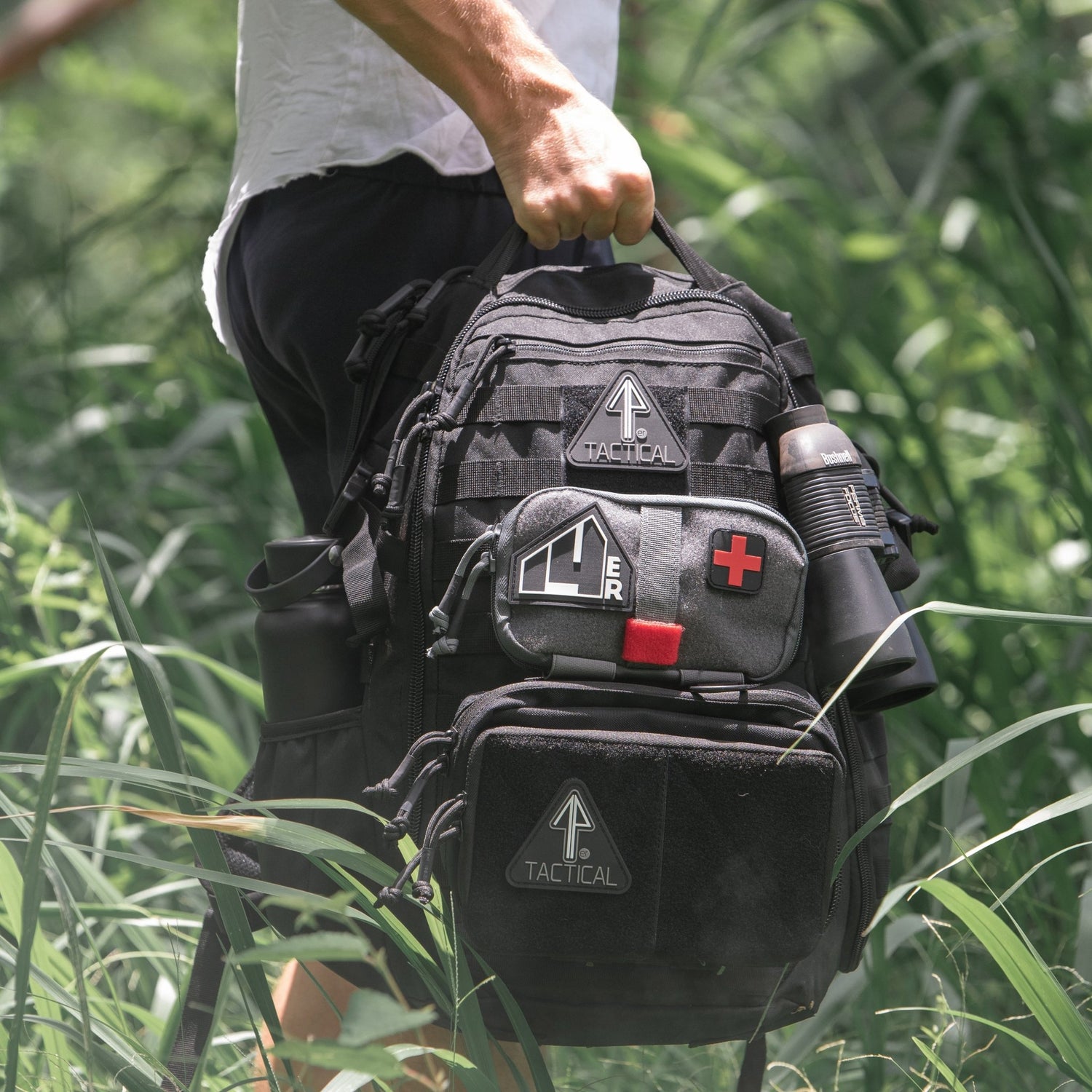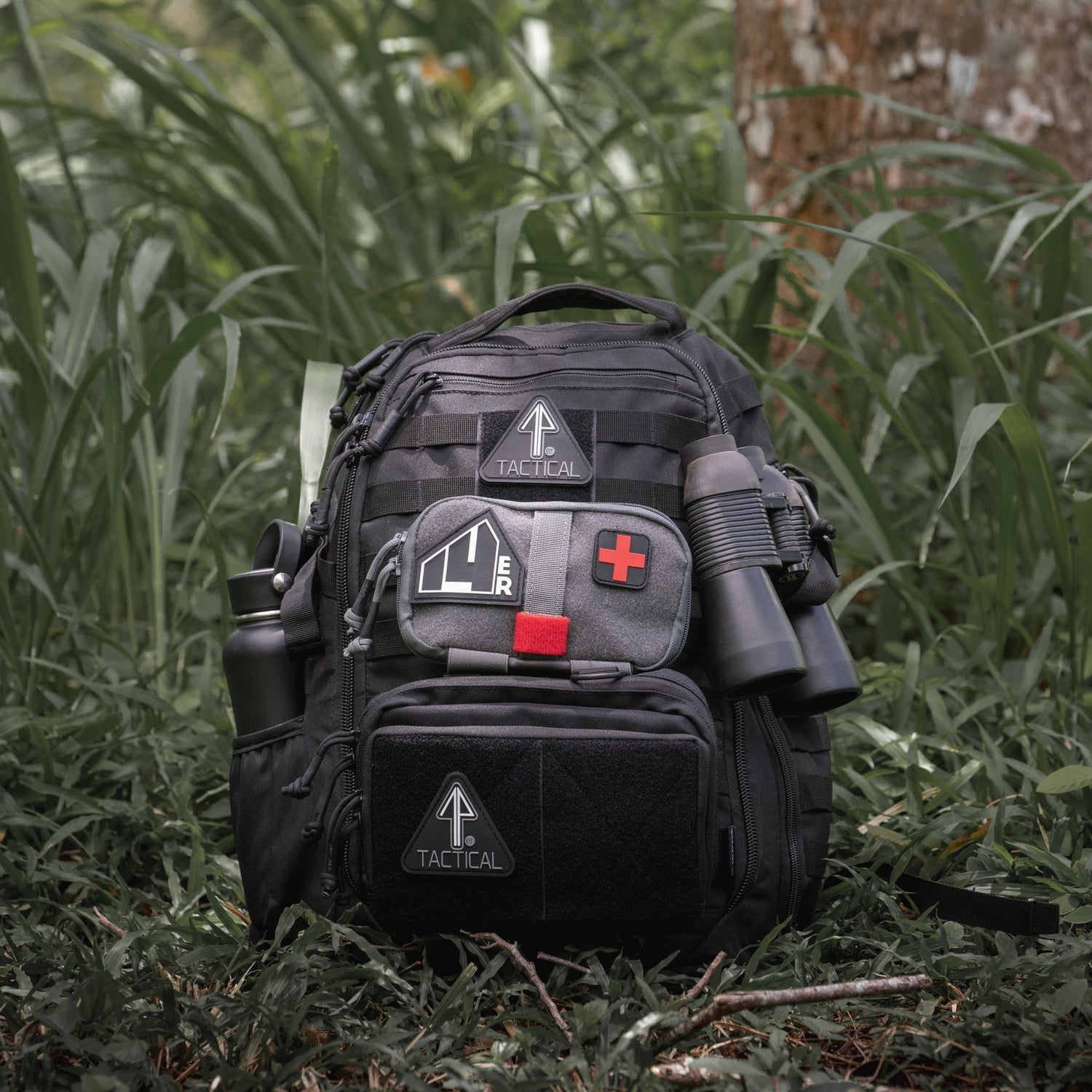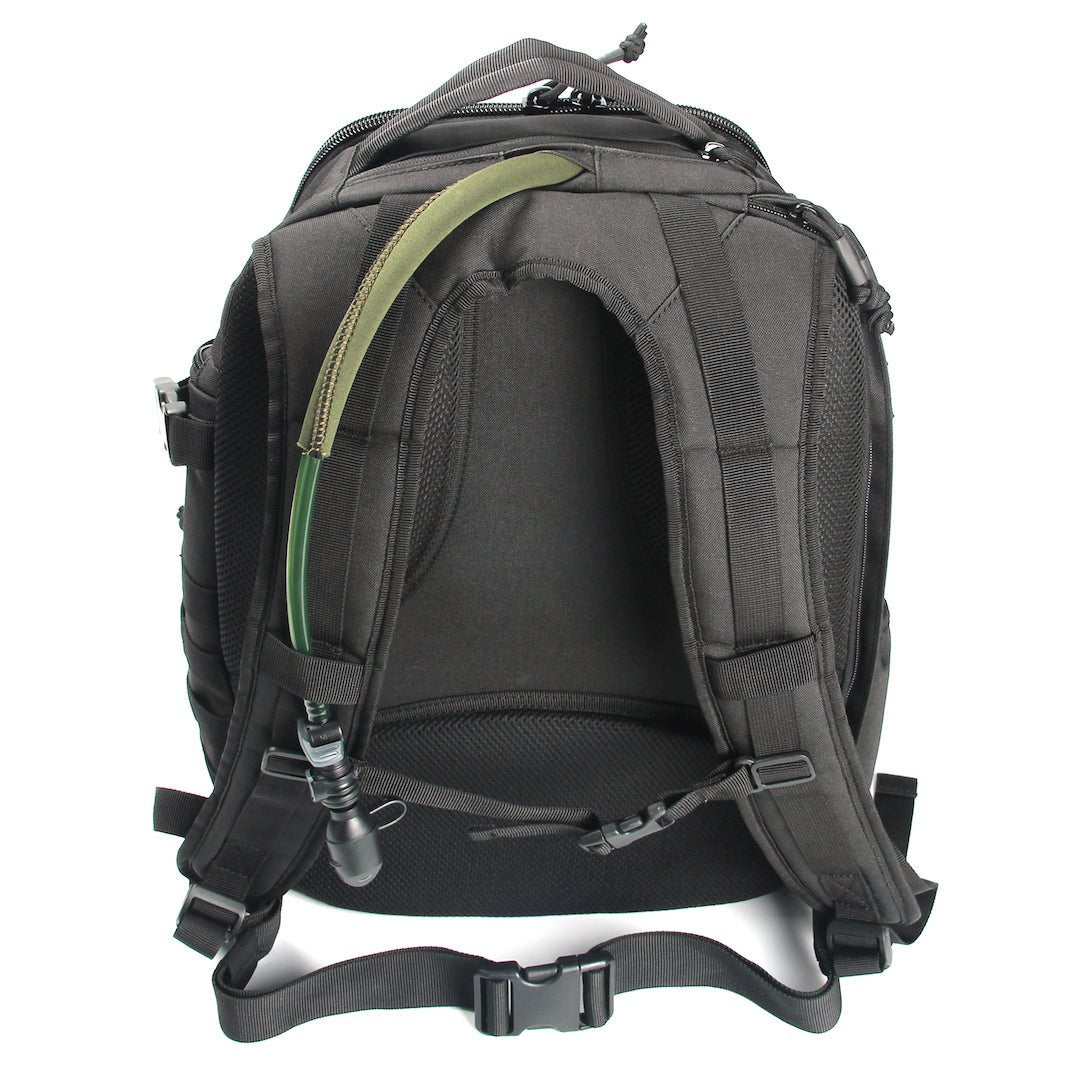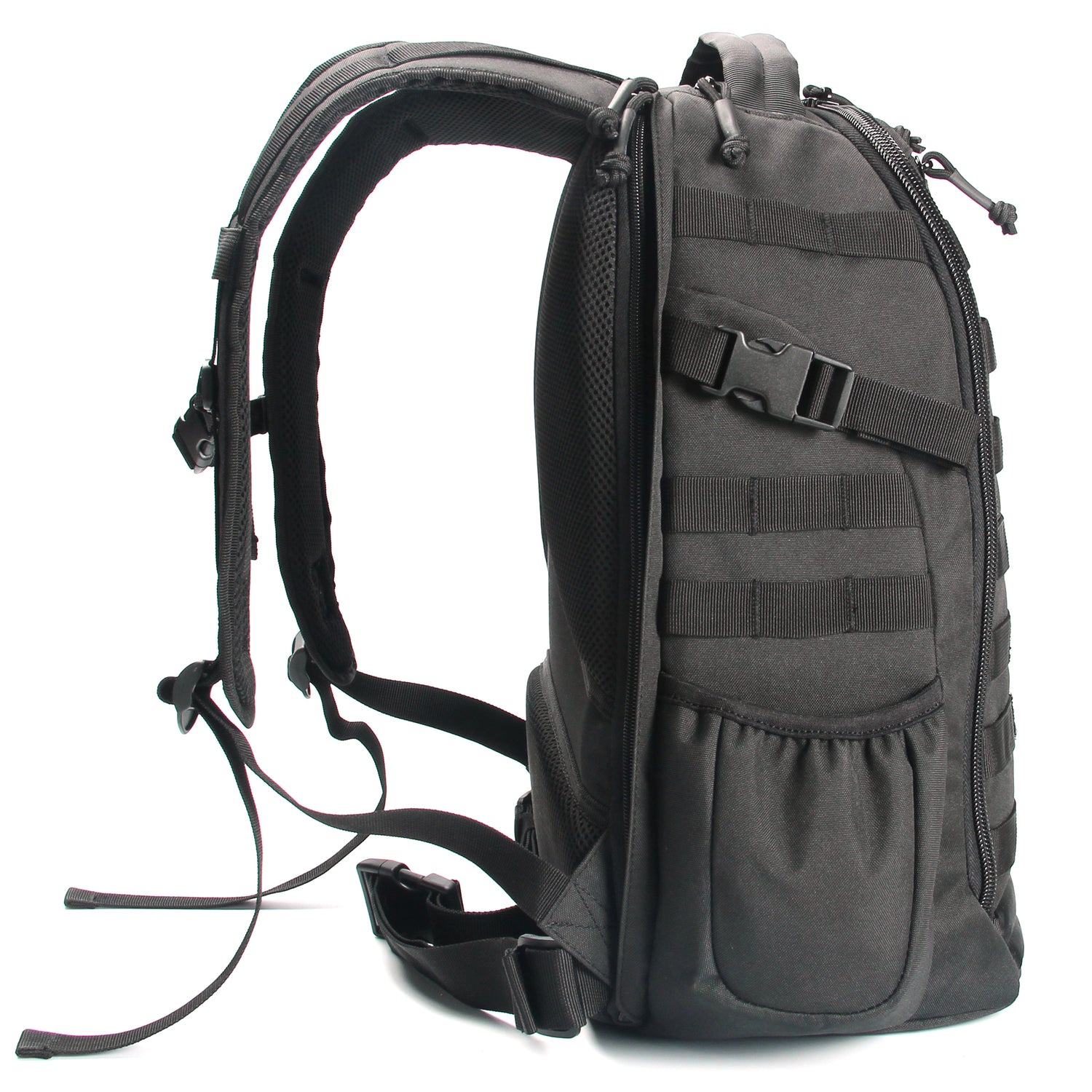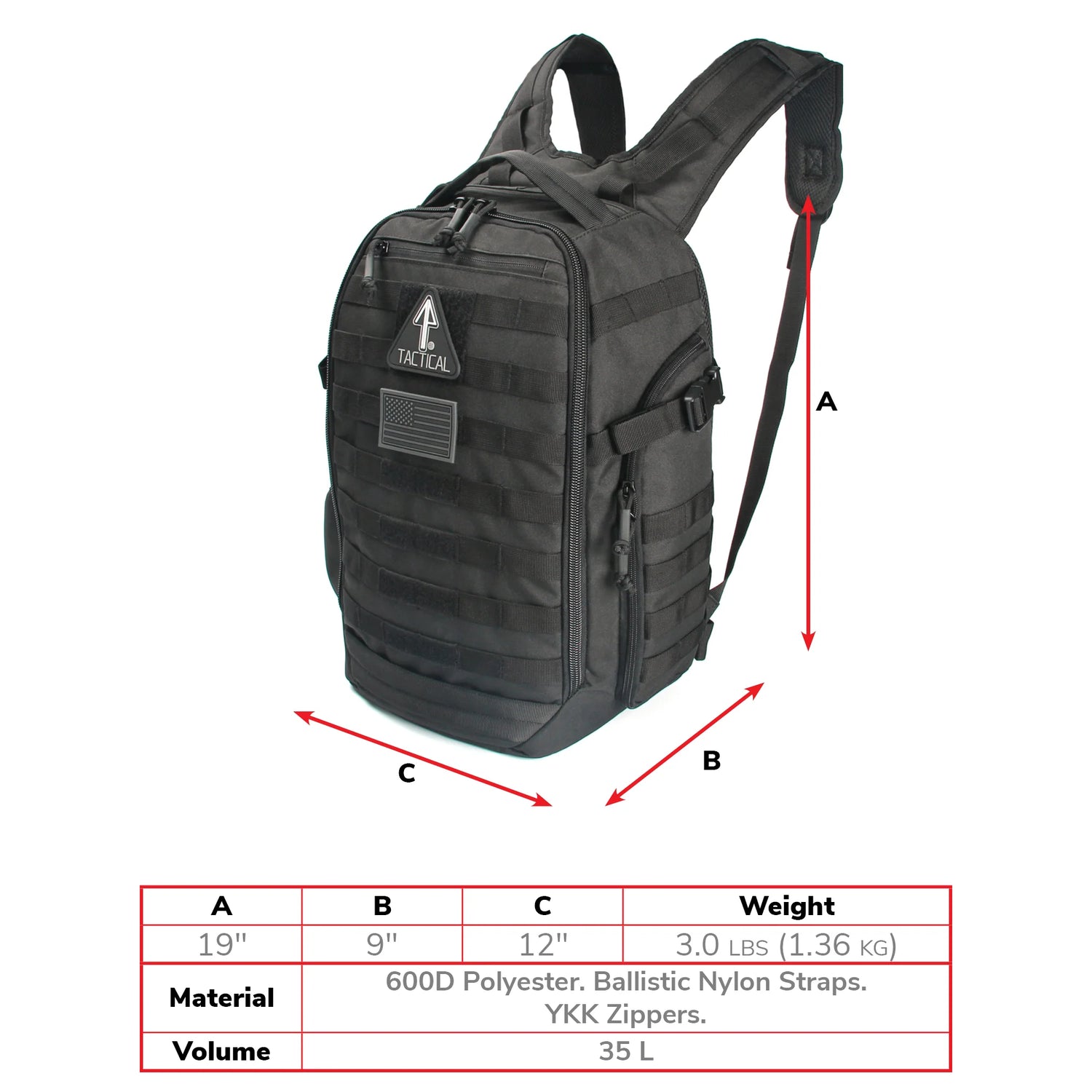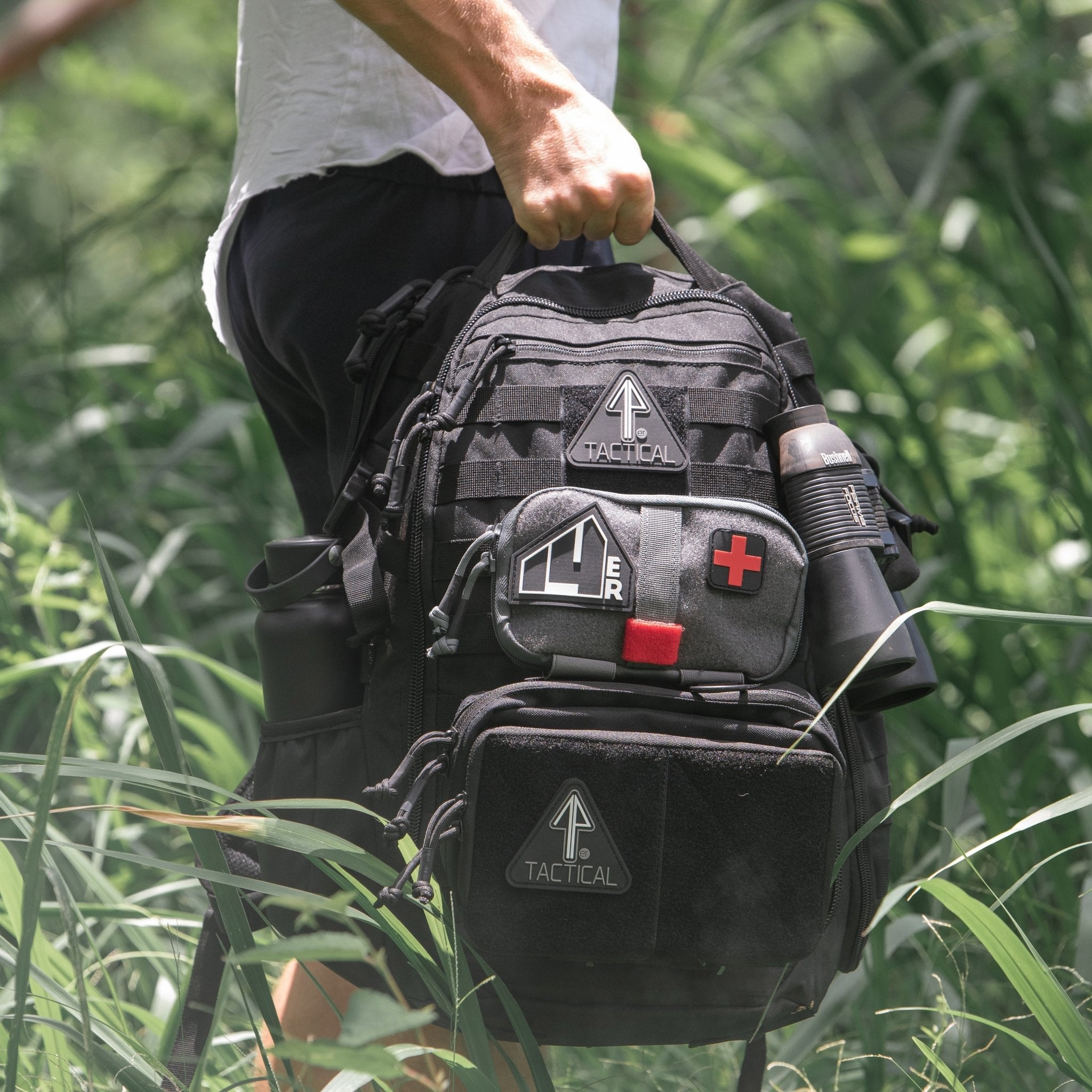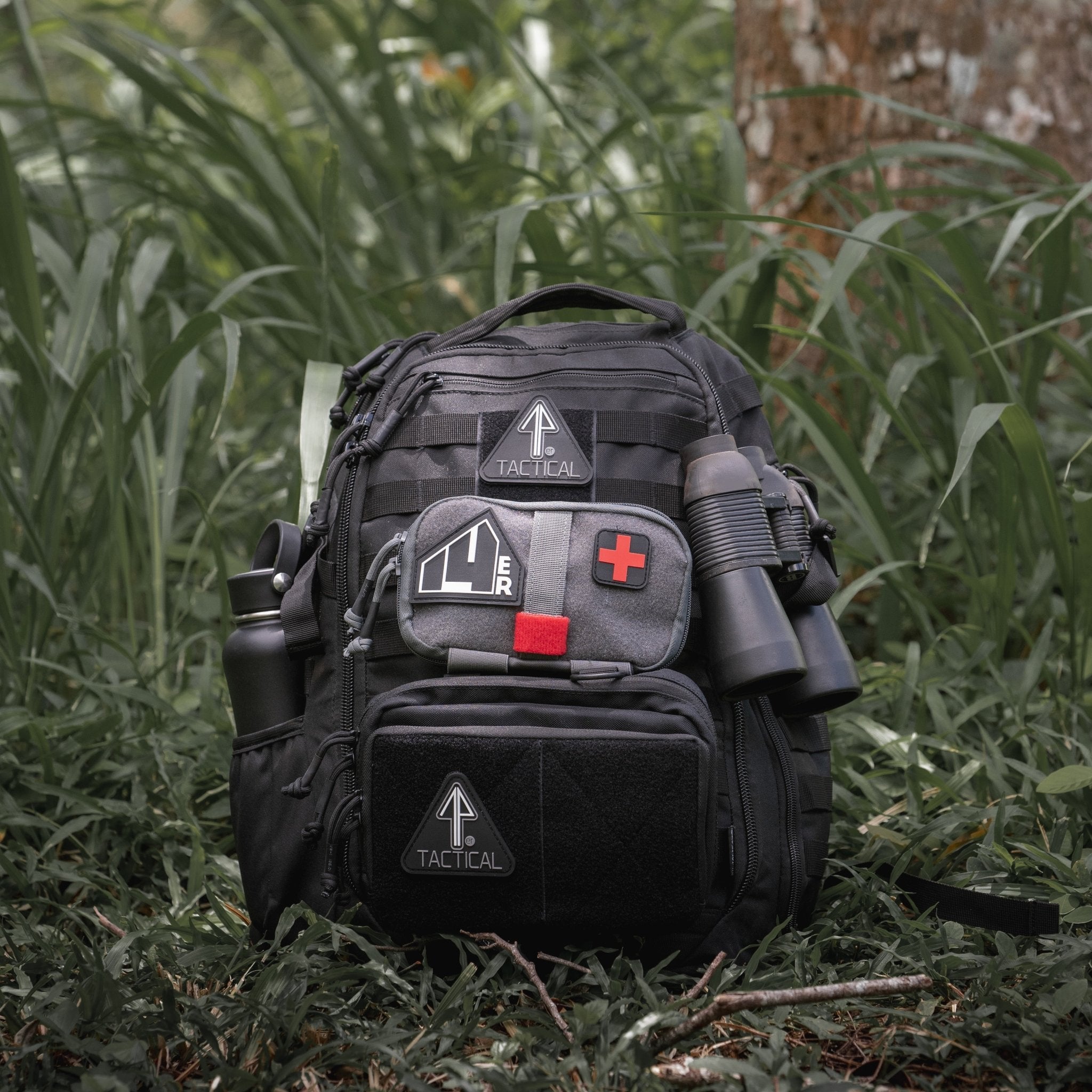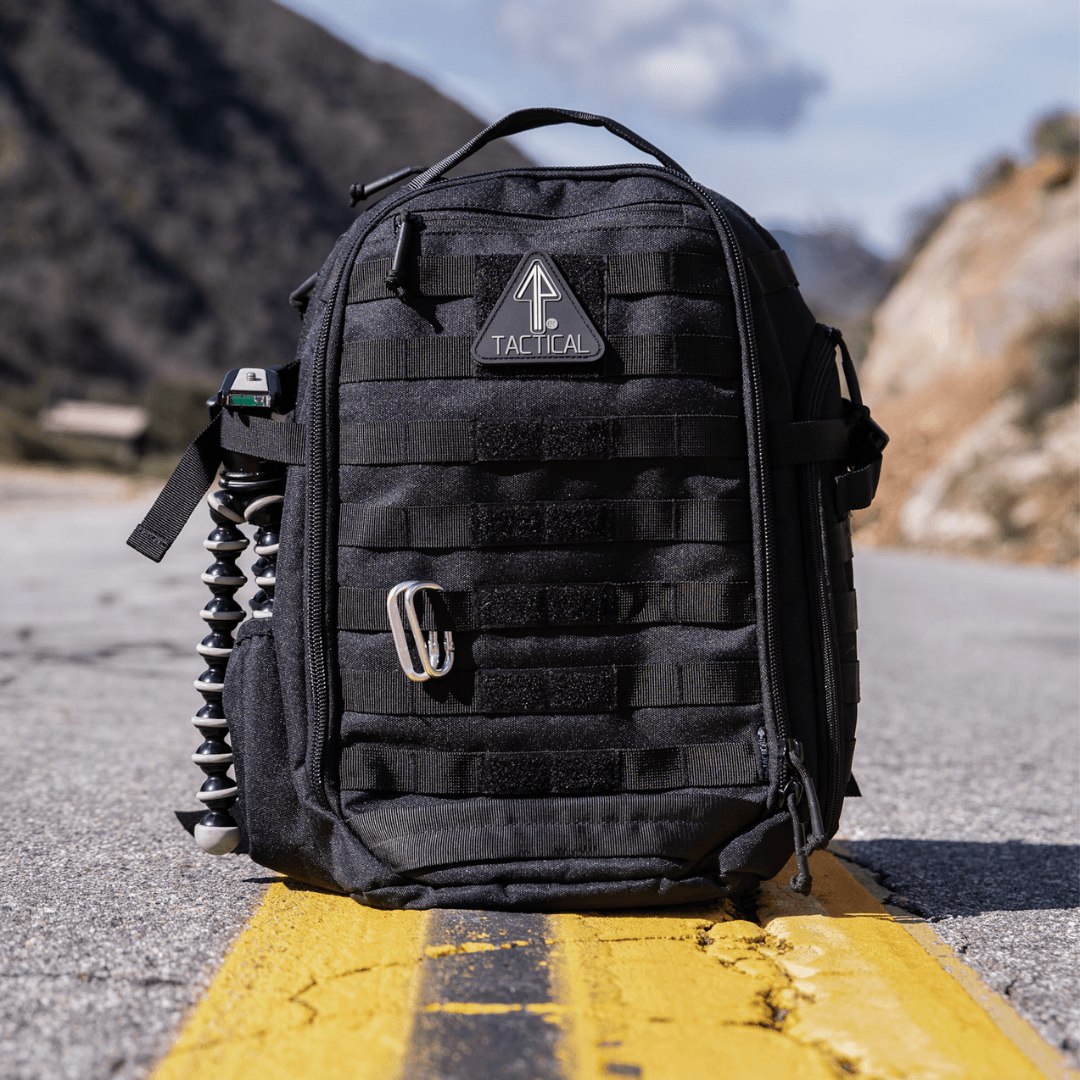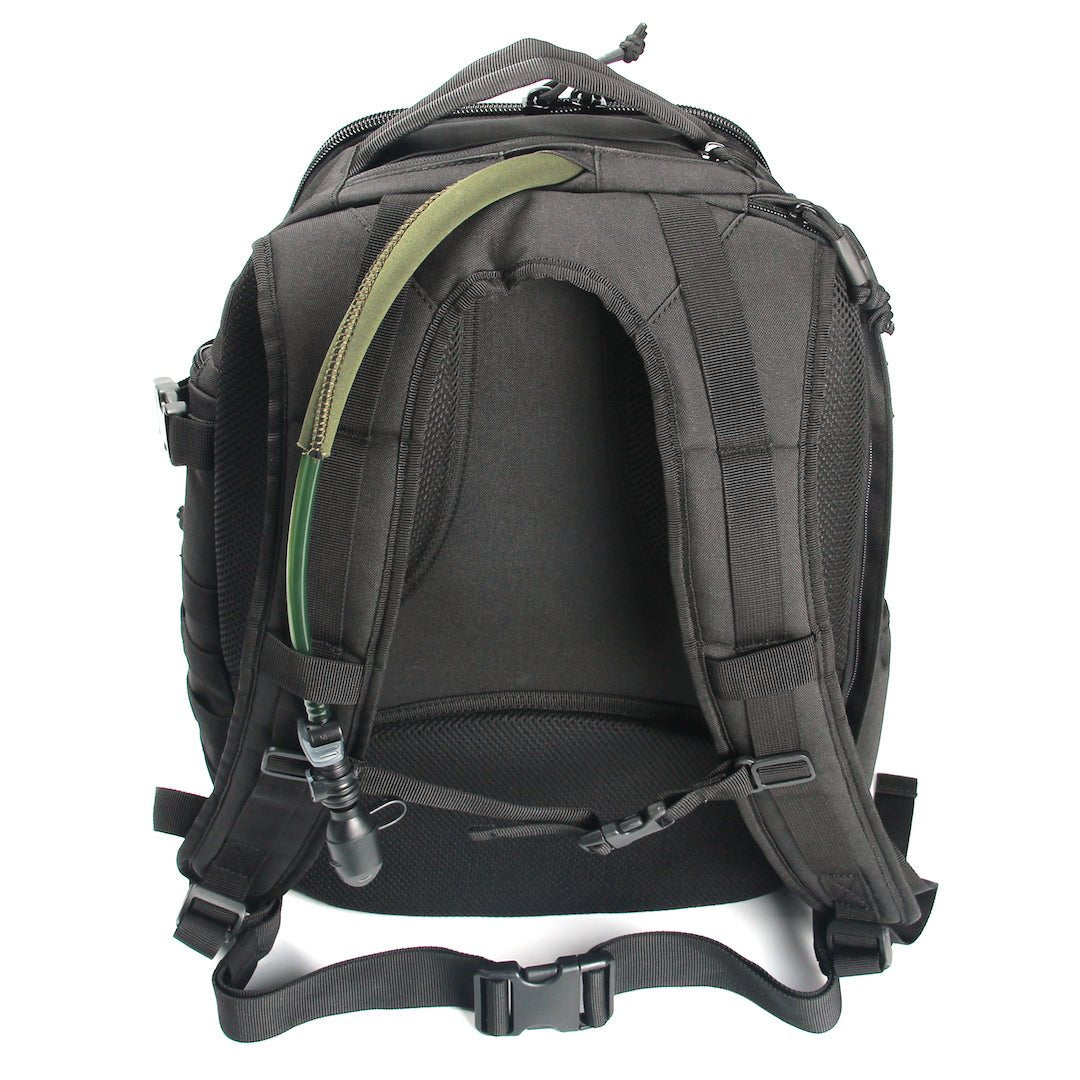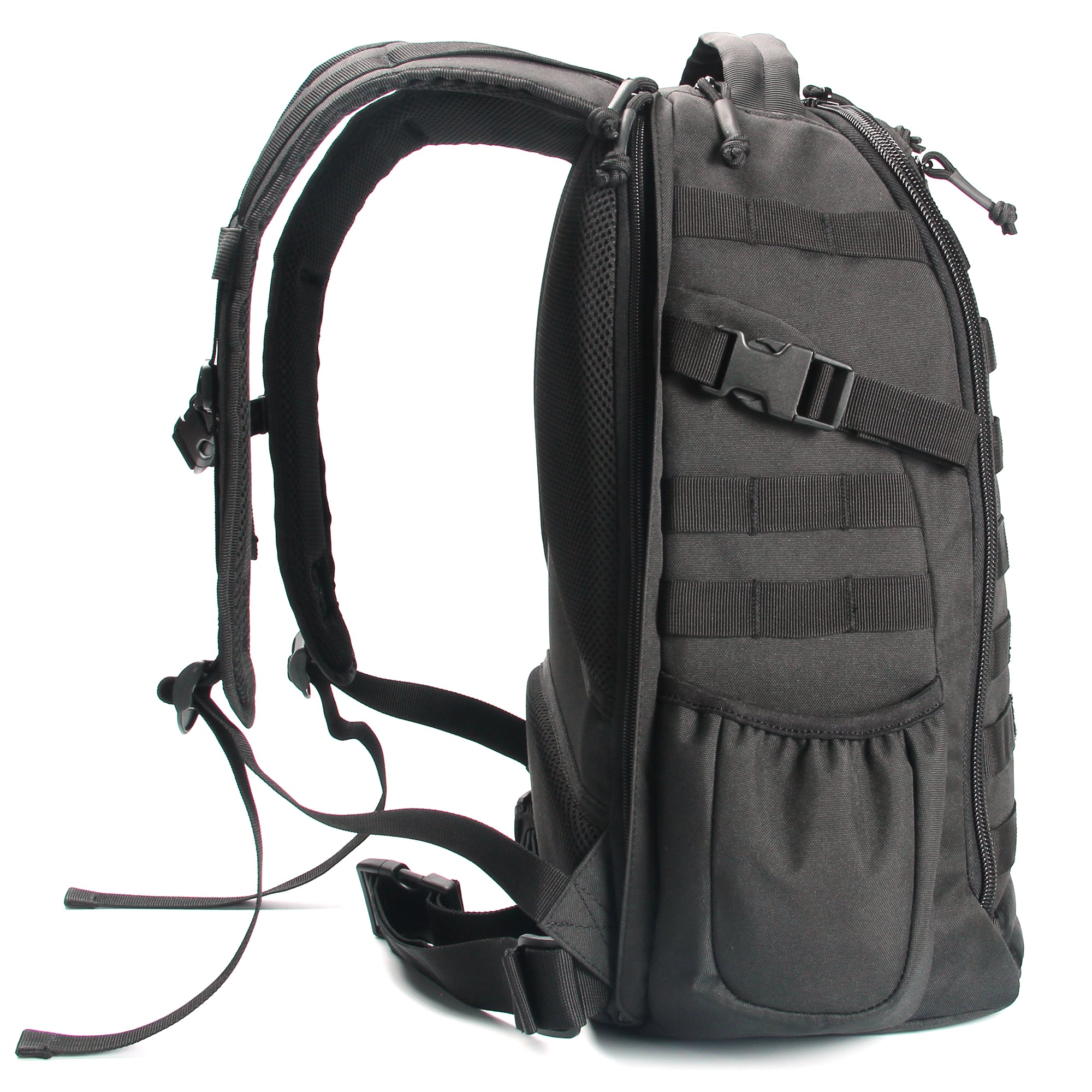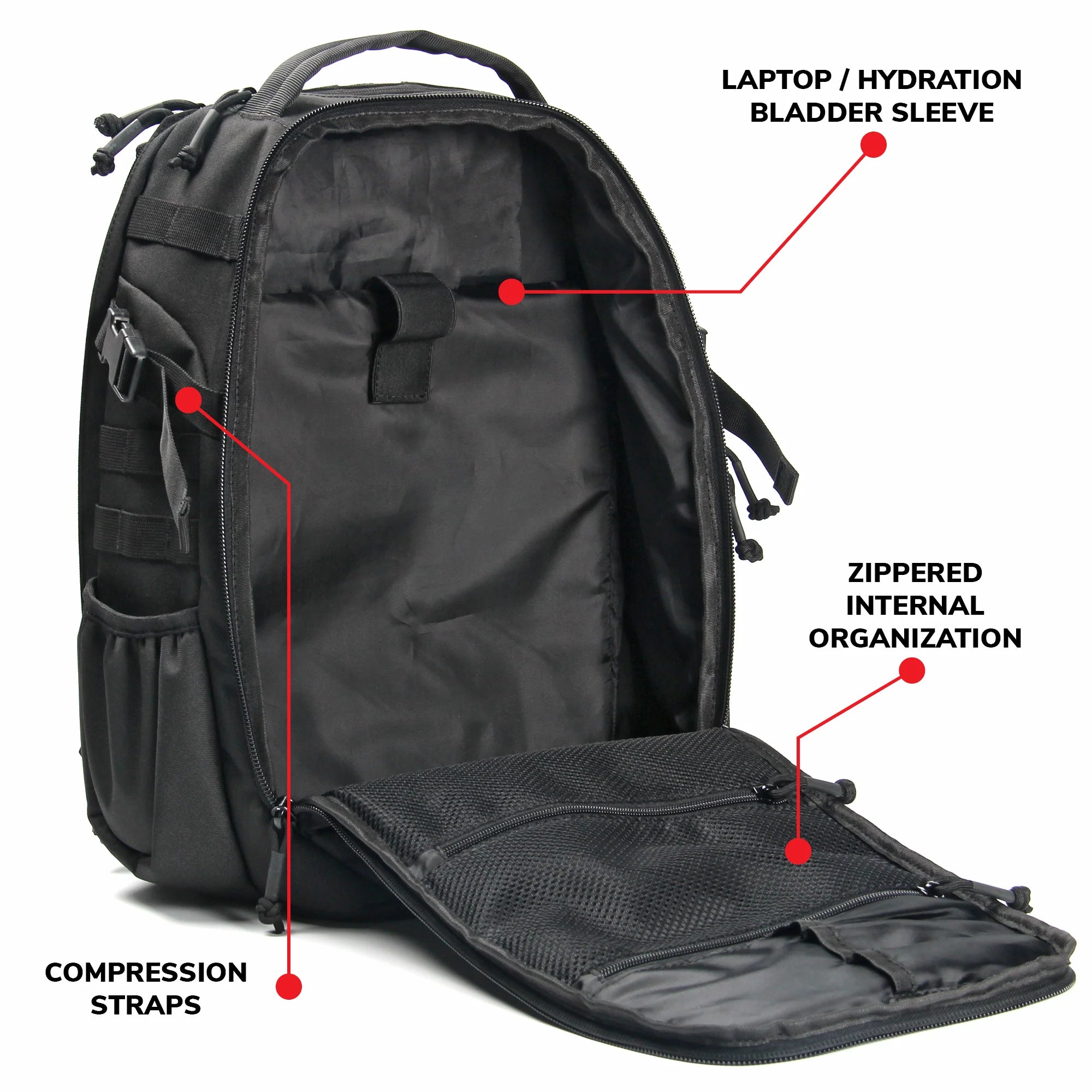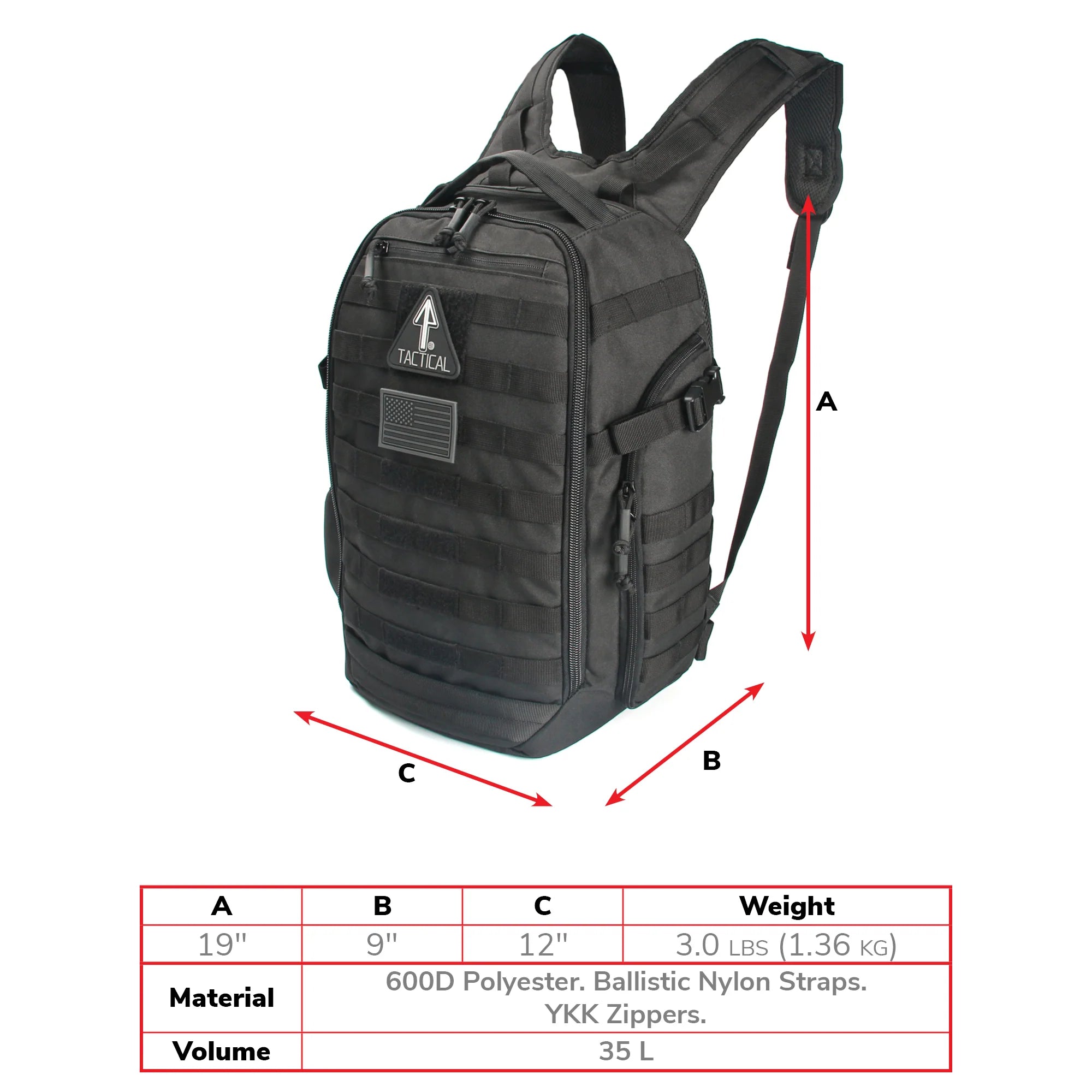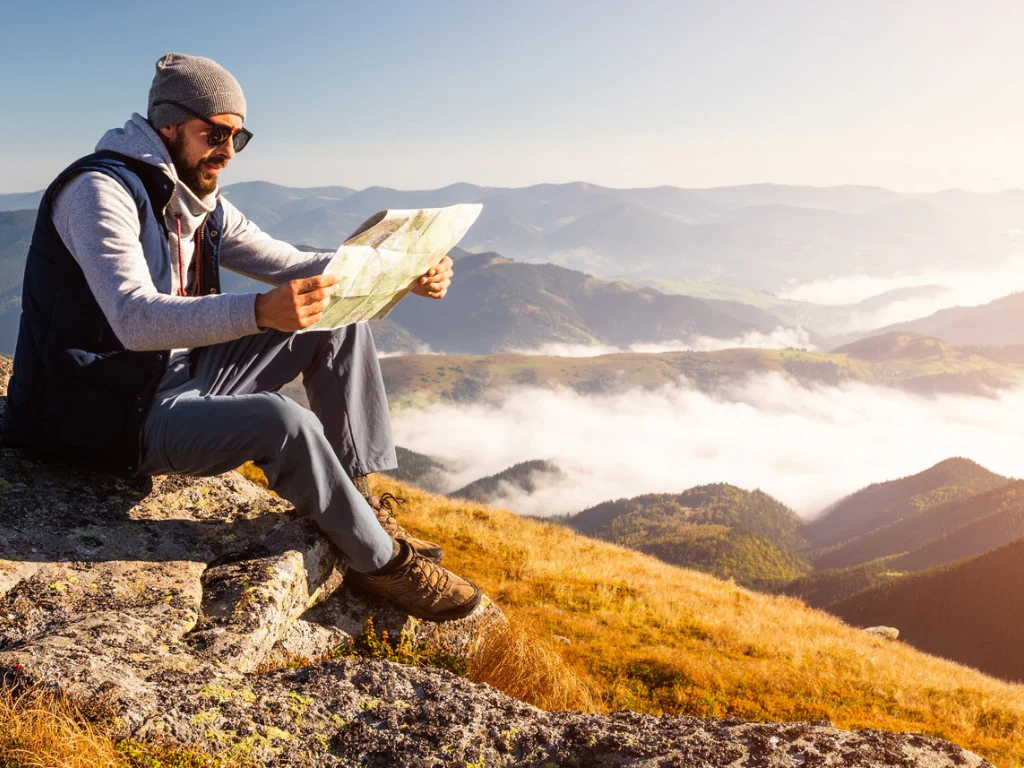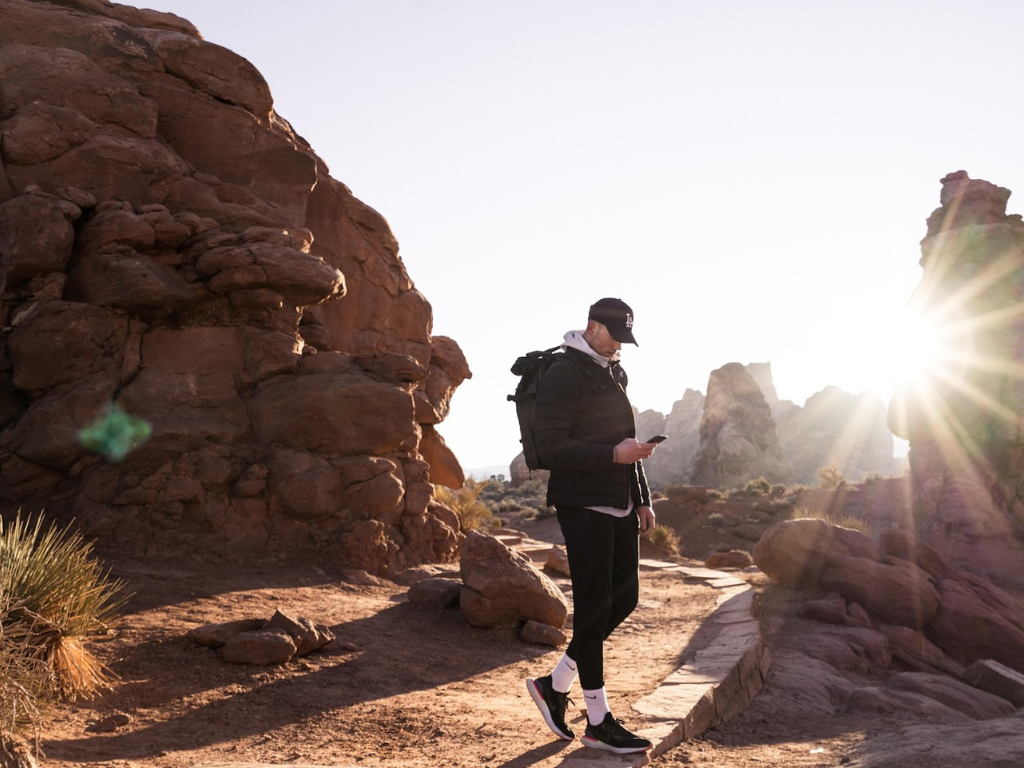
Do you love hiking and want to up your game? You’ll wanna beef up those outdoor skills—and the most important one has gotta be tactical navigation. If you don’t know where you’re going, you shouldn’t be out in the wilderness at all.
A rugged trek through the great outdoors makes for a great challenge to prove your capabilities. But getting lost in the wilderness should play no part in that. A good tactical mind would not enter an emergency scenario without good reason. You should know how to track your position and how to find your way around in the wild—even being able to navigate without a compass.
Why Is It Essential to Learn Natural Navigation Methods?
If you’re trained in outdoor survival, you will be able to get your bearings easily by using a map and a compass. You may even have other navigational tools such as a GPS tracker. But you should also be prepared for a scenario where you get lost in the wilderness without having such tools at your disposal.
It’s easy to say that it won’t happen. But it’s best to be prepared. Remember, an unexpected storm, wildfire or other natural disaster could mess with your plans. You could experience a medical issue that causes you to feel light-headed, disoriented, or even delirious. These things happen. The tactical way is to be prepared if ever things go awry.

Your Outdoor Survival Guide to Sun and Stars Navigation
Many natural navigation methods rely on observing the sky. During the day, the sun can help you orient yourself provided that the sky isn’t overcast. Keep the time of day in mind. As the sun rises in the east and sets in the west, knowing the time can help you figure out the cardinal directions based on the sun’s position in the sky.
Here’s how to do it. Stop and take note of the sun’s current position. Wait for fifteen minutes. The sun will have moved across the sky. The direction it is moving is west. Mark that on the ground, and then plot the other cardinal points. It’s quite simple.
After dark, the stars can be your guide. If you are hiking in the USA, look to the sky to find these two constellations: Ursa Major and Cassiopeia. These two constellations rotate around Polaris, the North Star, and that will help you find it. Or simply look for the Big Dipper, which is part of the Ursa Major constellation and easy to spot. Using the two stars that comprise the front edge of the Big Dipper, you can draw an imaginary line that points directly to the North Star.
Once you have found the North Star and determined which way is north, it becomes child’s play to plot the other cardinal points.
Your Outdoor Survival Guide to Landmark Navigation
It’s natural for us to rely on landmarks to find our way through the world. We even do it at home, though it’s an unconscious thing. We also use landmark navigation to get around the block, drive to work, and in pretty much any everyday situation.
In the language of outdoor skills, “landmark” applies to any noteworthy object or structure that stays in one place. It should be easy to recognize—something different compared to other stationary objects, so that you don’t get them mixed up.
Identifying landmarks will help you track your position and figure out which way to go. If you run into a landmark more than once, you may be going in circles. Seeing the landmark again will help you correct the error you’ve made.
If you can, try to find a landmark that can be seen from afar. By judging how close or far you are to such a landmark, you can get an idea of how much progress you are making on your trek.
We hope you don’t ever get lost in the wilderness. But if that happens, you can orient yourself if you’ve trained yourself to spot landmarks—both the ones you’ve already passed and the ones you have yet to reach.

Learn These Primitive Navigation Techniques
Sun and stars navigation may rely on having clear skies. Landmark navigation may not be enough on its own, if you can’t plot the cardinal directions. Fortunately, we’ve got a few more tips on how to navigate without a compass:
Leaving trail markers.
You can use paint to create markings on rocks or trees. If you don’t have paint, you can tie pieces of cloth or string to foliage. Or you can make trail markers out of small rocks, pebbles, or sticks. Try to use objects that will stand out visually in some way—not something that will blend into the landscape. Arrange the stones and sticks into shapes (like a pointing arrow or an X sign) to visually convey key information.
Observing moss growth on trees.
Moss grows best in the shade, not in direct sunlight. That means moss will often grow more profusely on the north side of trees when you are in the Northern Hemisphere. This observation might help you find north, but you should try to confirm this through other means as well. The moss detection technique is not totally reliable. Moss growth can also be affected by factors other than shade and sunlight.
Sensing the wind’s direction.
If you know the prevailing wind direction in the area, you can attempt this technique. For example, if you know that the winds typically run from west to east, then if you face into the wind, you'll be facing to the west. Again, you should try to confirm your findings using other methods. And don’t rely on a single reading of the wind direction. You should take several readings to better identify the prevailing wind direction.

Your Outdoor Survival Guide to Navigation Self-Training
You can practice doing these primitive navigation techniques whenever you go camping or hiking. When you have free time outdoors, work on developing your sense of awareness and direction. Start by marking a spot to serve as your starting point. You can plant a stick in the ground, for example.
From that spot, look around and take note of possible landmarks. Try to sense the direction of the wind. Then choose a direction and begin walking forward in more or less a straight line.
Keep walking for about ten paces. Stop to make observations and take note of any differences. Turn around and return to the starting point. Repeat the exercise while going in another direction.
The next time you practice your outdoor skills, increase the distance you walk from the starting point. Keep training this way when you have the chance. Before long, you will develop a natural sense of direction and environmental awareness.
Getting Ready For Your Next Outdoor Adventure
Feeling ready to go on your next nature trip? Aside from learning tactical navigation, what else should you know before going on an outdoor trek?
Check out these articles on the 14er Tactical Resources Blog. They’ll guide you through the outdoor skills and adventuring tips that you’ll want to pick up:
- Master the Wild: Five Essential Skills for Wilderness Survival You Can't Ignore
- Embracing the Elements: A Guide to Hiking in the Rain and Tactical Gear Essentials
- Joining the Tactical Hiking Community: A Comprehensive Primer for Beginners
- How to Pack a Tactical Backpack for Hiking: Essentials to Include
- Can Tactical Gear Improve My Camping Experience?




